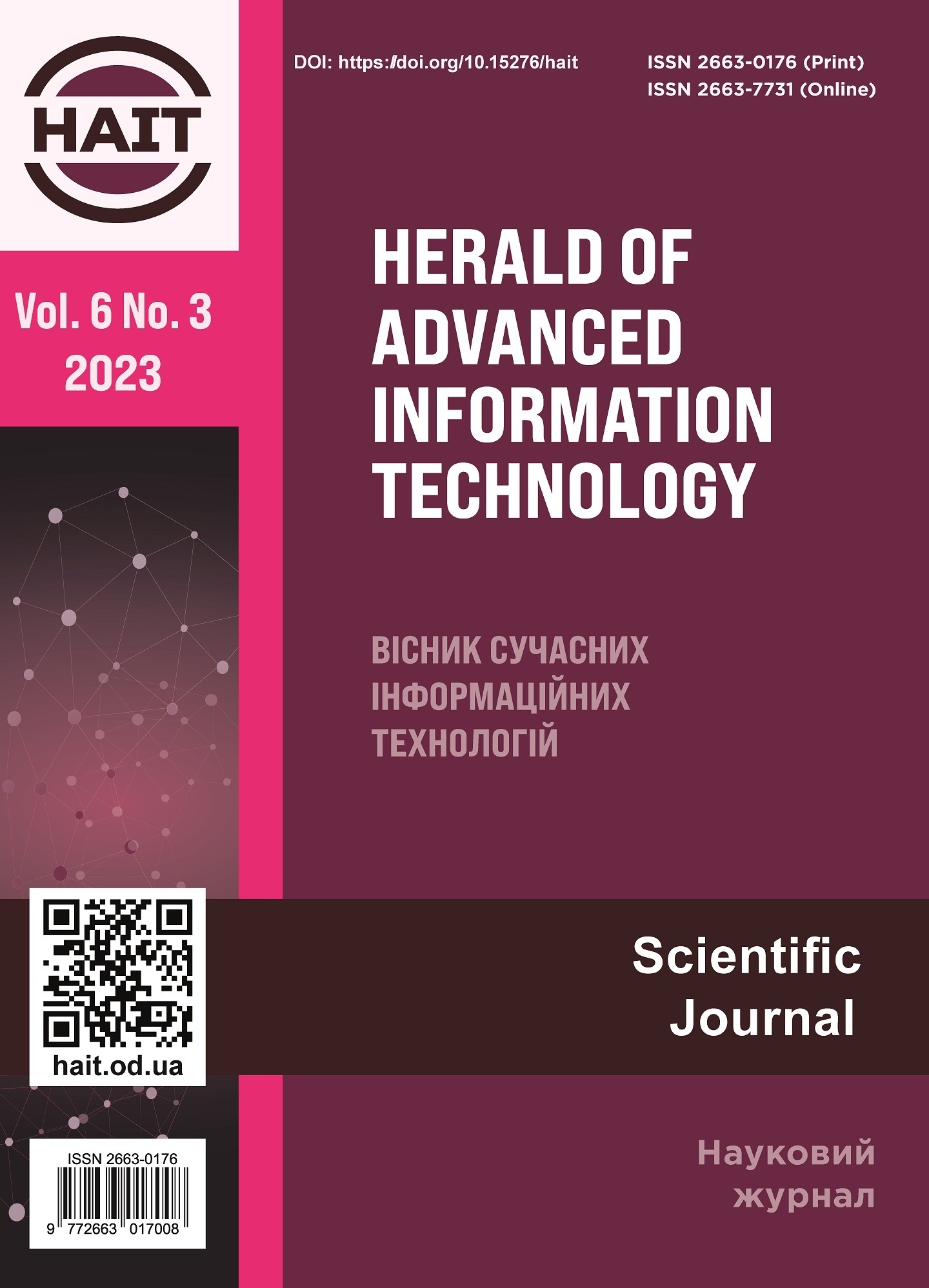Relay protection devices functionality comparative analysis
Main Article Content
Abstract
With the development of technology, there has been an evolution in the electrical power industry, replacing conventional electromechanical relays with more advanced devices. Multifunctional microprocessor relay protection terminals became such innovations. This transition marked a new era in the field of monitoring and control of electrical systems. One of the strategic tasks of the energy sector is the comprehensive technical re-equipment and reconstruction of relay protection and automation systems with a focus on maximum automation of dispatch control operations. Solving this problem is impossible without the use of microprocessor devices. The purpose of this work is to conduct a comparative analysis of relay protection devices based on electromechanical relays, electronic components and microprocessor devices, review and compare their characteristics. The work presents the advantages and problems of using microprocessor-based relay protection and automation devices in modern substations. The stages of complexity of relay protection and automation systems from electromechanics to a digital substation are shown. The general trends in the formation of the concept of “Smart Grid” and the main directions for creating intelligent electrical power systems are considered.



